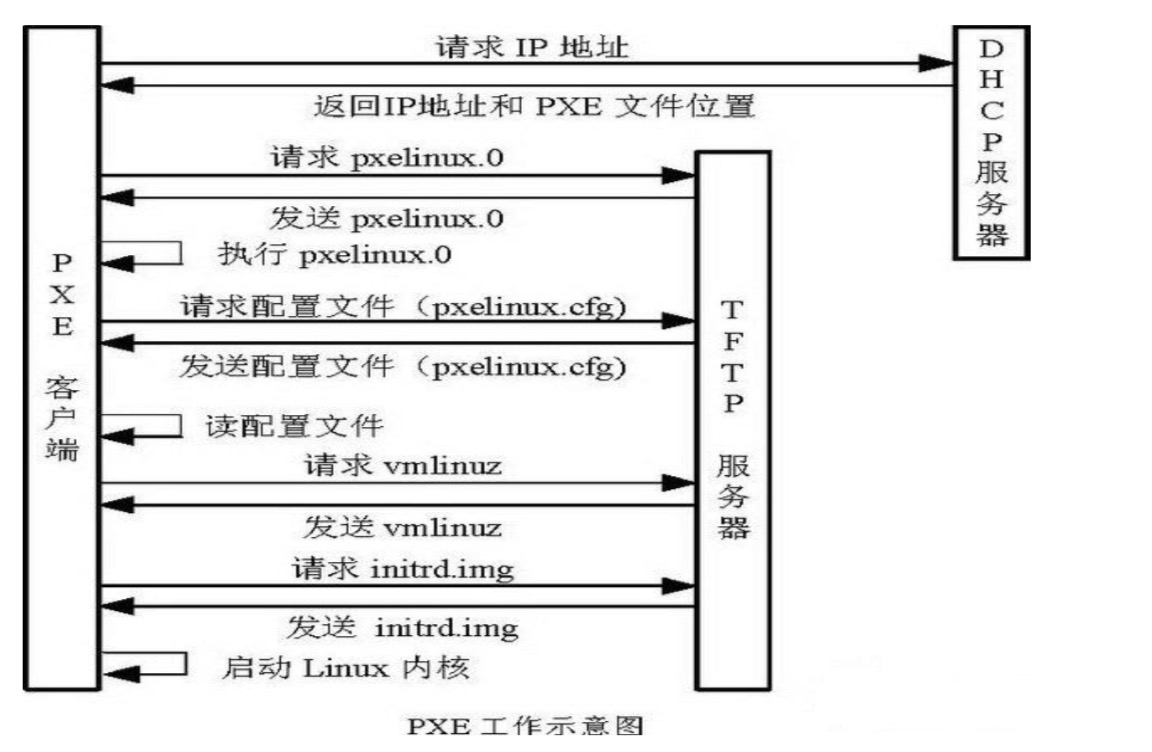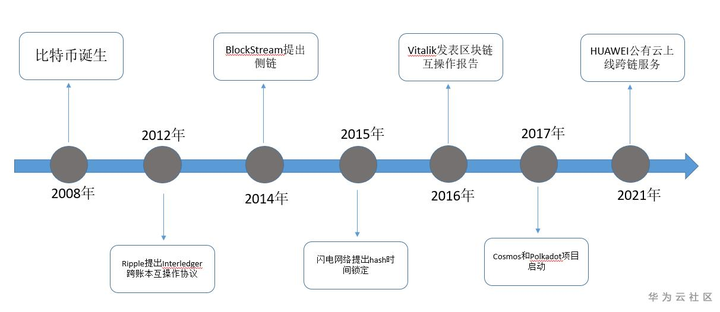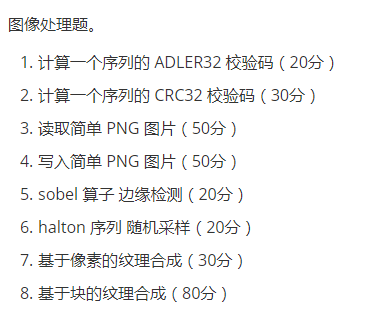I can't seem to wrap my head around how I would go about adding a file upload to a DataFixture. I'm trying to upload an image for the dummy content my fixtures load. This seems like something that would be useful to know.
问题:
回答1:
Although this question has been asked 1 year ago it appears that there is not a lot of information out there on how to upload a file via doctrine data fixture. I could only find this post.
I've been looking and I've taken a slightly different approach than ornj's. (Might have to do with Symfony's updates.)
I first had to
use Symfony\Component\HttpFoundation\File\UploadedFile;
and then used copy() to copy the image because as ornj said it will move it.
copy($art1->getFixturesPath() . '01.jpg', $art1->getFixturesPath() . '01-copy.jpg');
Then create and add the file by using:
$file = new UploadedFile($art1->getFixturesPath() . '01-copy.jpg', 'Image1', null, null, null, true);
$art1->setFile($file);
$manager->persist($art1);
If I did not set the last parameter to ''true'' in the ''UploadedFile'' constructor as it throws an unknown error when running ''doctrine:fixtures:load''. This parameter is "Whether the test mode is active". Seeing it's a fixture it makes sense to set to test mode.
The method ''getFixturesPath()'' just retrieves the path where my sample images are stored:
// Entity file
public function getFixturesPath()
{
return $this->getAbsolutePath() . 'web/uploads/art/fixtures/';
}
The ''getAbsolutePath()'' method has been taken from Doctrine File Uploads.
The full working code: Entity:
<?php
//src/User/MyBundle/Entity/Art.php
namespace User/MyBundle/Entity;
use Doctrine\ORM\Mapping as ORM;
use Symfony\Component\HttpFoundation\File\UploadedFile;
use Symfony\Component\Validator\Constraints as Assert;
/**
*
* Art Entity
*
* @ORM\Entity(repositoryClass="User\MyBundle\Entity\Repository\ArtRepository")
* @ORM\Table(name="art")
* @ORM\HasLifecycleCallbacks
*/
class Art
{
/**
* @ORM\Id
* @ORM\Column(type="integer")
* @ORM\GeneratedValue(strategy="AUTO")
*/
protected $id;
/**
* @ORM\Column(type="string", length=100)
*/
protected $title;
/**
* @ORM\Column(type="string", length=255, nullable=true)
*/
protected $path;
/**
* @Assert\File(maxSize="6000000")
*/
private $file;
private $temp;
public function getAbsolutePath()
{
return null === $this->path ? null : $this->getUploadRootDir() . '/' . $this->path;
}
public function getWebPath()
{
return null === $this->path ? null : $this->getUploadDir() . '/' . $this->path;
}
protected function getUploadRootDir()
{
// the absolute directory path where uploaded
// documents should be saved
return __DIR__ . '/../../../../web/' . $this->getUploadDir();
}
protected function getUploadDir()
{
// get rid of the __DIR__ so it doesn't screw up
// when displaying uploaded doc/image in the view.
return 'uploads/art';
}
public function getFixturesPath()
{
return $this->getAbsolutePath() . 'web/uploads/art/fixtures/';
}
/**
* Sets file.
*
* @param UploadedFile $file
*/
public function setFile(UploadedFile $file = null)
{
$this->file = $file;
// check if we have an old image path
if (isset($this->path)) {
// store the old name to delete after the update
$this->temp = $this->path;
$this->path = null;
} else {
$this->path = 'initial';
}
}
/**
* Get file.
*
* @return UploadedFile
*/
public function getFile()
{
return $this->file;
}
/**
* @ORM\PrePersist()
* @ORM\PreUpdate()
*/
public function preUpload()
{
if (null !== $this->getFile()) {
// do whatever you want to generate a unique filename
$filename = sha1(uniqid(mt_rand(), true));
$this->path = $filename . '.' . $this->getFile()->guessExtension();
}
}
/**
* @ORM\PostPersist()
* @ORM\PostUpdate()
*/
public function upload()
{
// the file property can be empty if the field is not required
if (null === $this->getFile()) {
return;
}
// if there is an error moving the file, an exception will
// be automatically thrown by move(). This will properly prevent
// the entity from being persisted to the database on error
$this->getFile()->move($this->getUploadRootDir(), $this->path);
// check if we have an old image
if (isset($this->temp)) {
// delete the old image
unlink($this->getUploadRootDir() . '/' . $this->temp);
// clear the temp image path
$this->temp = null;
}
$this->file = null;
}
/**
* @ORM\PostRemove()
*/
public function removeUpload()
{
if ($file = $this->getAbsolutePath()) {
unlink($file);
}
}
}
Fixture:
<?php
// src/User/MyBundle/DataFixtures/ORM/ArtFixtures.php
namespace User\MyBundle\DataFixtures\ORM;
use Doctrine\Common\DataFixtures\AbstractFixture;
use Doctrine\Common\DataFixtures\OrderedFixtureInterface;
use Doctrine\Common\Persistence\ObjectManager;
use Fredzz\LotwBundle\Entity\Art;
use Symfony\Component\HttpFoundation\File\UploadedFile;
class ArtFixtures extends AbstractFixture implements OrderedFixtureInterface
{
public function load(ObjectManager $manager)
{
$art1 = new Art();
$art1->setTitle('MyTitle');
$art1->setDescription('My description');
copy($art1->getFixturesPath() . '01.jpg', $art1->getFixturesPath() . '01-copy.jpg');
$file = new UploadedFile($art1->getFixturesPath() . '01-copy.jpg', 'Image1', null, null, null, true);
$art1->setFile($file);
$art1->setUser($manager->merge($this->getReference('user-1')));
$manager->persist($art1);
$manager->flush();
}
}
Hope this helps someone! Sorry if something is wrong. I'm still learning :)
回答2:
I've found the answer to my question. I need to use the class Symfony\Component\HttpFoundation\File\File to create a File. Symfony will physically move the file and not create a copy so you need to either have a new file for each fixture, use use copy() to create a copy of the file that can be moved instead.
$image = new Image();
$file = new File('path/to/file.jpg');
$image->file = $file;
$om->persist($image);
Something like that.
回答3:
The image you want to use should be located in your "Web" folder and you should only use the file pointer string (i.e. "/web/images/test.png") in your Data Fixture.
You should generally avoid storing images in your database.
回答4:
i created a FileUpload class for PHP 5.3+
How to use?:
Documentation
from RFC 3023 (XML Media Types):
The top-level media type "text" has some restrictions on MIME entities and they are described in [RFC2045] and [RFC2046]. In particular, the UTF-16 family, UCS-4, and UTF-32 are not allowed (except over HTTP[RFC2616], which uses a MIME-like mechanism).
Allow only yaml file to upload:
<?php
$file = new FileUpload\FileUpload();
$file->setInput( "file" );
$FileUpload->setAllowedMimeTypes(array(
"text/x-yaml", //RFC 3023
"application/x-yaml", // Ruby on Rails
"text/plain",//Possible option( only text plain )
"text/yaml",//Possible option
"text/x-yaml",//Possible option
"application/yaml",//Possible option
));
$file->setDestinationDirectory("/var/www/html/myapp/");
$file->save();
if ($file->getStatus()) {
echo "Okay";
}
?>
Sample with all mime types:
<?php
$file = new FileUpload\FileUpload();
$file->setInput( "file" );
$file->save();
if ($file->getStatus()) {
echo "is Upload!";
}
?>
<html>
<head>
<title>FileUpload Example</title>
<meta http-equiv="Content-Type" content="text/html; charset=utf-8" />
</head>
<body>
<form method="post" action="" enctype="multipart/form-data">
<input type="file" name="file" />
<input type="submit" value="Upload now!" />
</form>
</body>
</html>
GitHub: https://github.com/olaferlandsen/FileUpload-for-PHP



